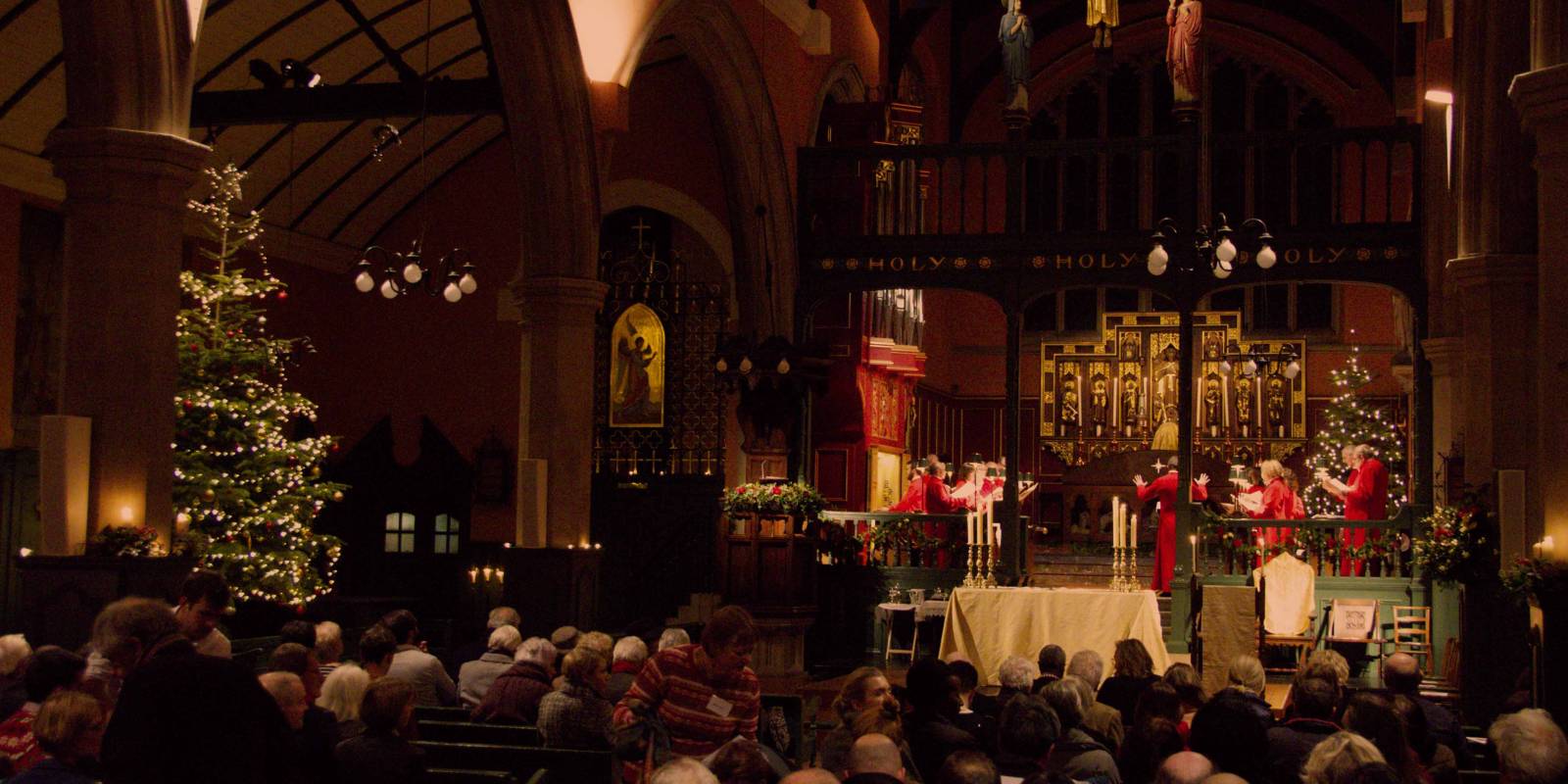Procedure for Easter Mass the Easter Vigil

The Easter Mass, also known as the Easter Vigil, is a deeply significant liturgical celebration in the Catholic Church, marking the culmination of Holy Week and the beginning of the Easter season. Here is a general procedure for the Easter Mass:
ALSO READ
- Easter and Palm Sunday: Understanding the Significance and Traditions
- Procedure for Easter Mass the Easter Vigil
- Here are 50 Palm Sunday wishes you can share with your loved ones
1. Preparation and Setup:
- The church is prepared with flowers, candles, and festive decorations to symbolize the joy and victory of Christ’s resurrection.
- The Paschal candle, symbolizing the risen Christ, is prominently displayed and lit before the start of the Mass.
2. Service of Light:
- The Easter Vigil typically begins with the Service of Light, often held outdoors at night. The celebrant blesses the new fire and lights the Paschal candle from it, symbolizing the light of Christ overcoming darkness.
- The Paschal candle is then processed into the darkened church, symbolizing the light of Christ entering the world.
3. Liturgy of the Word:
- The Easter Vigil includes readings from the Old Testament, recounting salvation history from creation to the resurrection of Christ.
- The readings may include passages from Genesis, Exodus, Isaiah, and other prophetic books, culminating in the reading of the Gospel narrative of the resurrection.
4. Liturgy of Baptism and Confirmation (if applicable):
- The Easter Vigil is a traditional time for the celebration of baptism and confirmation for catechumens (those preparing to enter the Church) and candidates (those already baptized but completing their initiation).
- The candidates and catechumens are welcomed into the Church through the sacraments of baptism, confirmation, and, if applicable, first Communion.
- The congregation renews their baptismal promises, reaffirming their commitment to Christ and their rejection of sin.
5. Liturgy of the Eucharist:
- The Easter Vigil culminates in the celebration of the Eucharist, the central sacrament of the Catholic faith.
- The Liturgy of the Eucharist follows the usual order, with the consecration of the bread and wine, the communion of the faithful, and the final blessing.
6. Joyful Celebration:
- Following the Easter Mass, there may be a joyful celebration with music, hymns of praise, and fellowship among the faithful.
- The Easter season continues for fifty days, during which the Church celebrates the resurrection of Christ and reflects on the implications of this central event in Christian faith.
Conclusion: The Easter Mass, or Easter Vigil, is a profound and joyous celebration in the Catholic Church, marking the resurrection of Jesus Christ and the victory of light over darkness, life over death. Through its rich liturgical rituals and symbols, the Easter Mass invites believers to enter more deeply into the mystery of Christ’s resurrection and to renew their commitment to following Him as disciples.
 ODM Daily Inspirational Devotional Messages Bible Verse and Prayers ODM
ODM Daily Inspirational Devotional Messages Bible Verse and Prayers ODM



